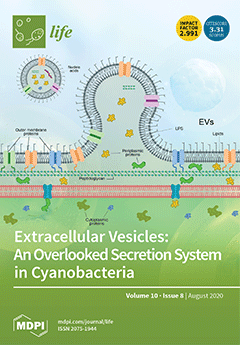We aimed to investigate the association in frailty and sleep disorder as assessed by the Japanese version of Pittsburgh Sleep Quality Index (PSQI-J) in patients with chronic liver diseases (CLDs,
n = 317, 141 males). Frailty was determined using the following five phenotypes:
[...] Read more.
We aimed to investigate the association in frailty and sleep disorder as assessed by the Japanese version of Pittsburgh Sleep Quality Index (PSQI-J) in patients with chronic liver diseases (CLDs,
n = 317, 141 males). Frailty was determined using the following five phenotypes: unintentional body weight loss, self-reported exhaustion, muscle weakness, slow walking speed, and low physical activity. Sleep disorder was defined as patients with PSQI-J score 6 or greater. Robust (phenotype, 0), prefrail (1 or 2 phenotypes) and frailty (3 phenotypes or greater) were observed in 101 (31.9%), 174 (54.9%) and 42 (13.2%), respectively. The median (interquartile range (IQR)) PSQI-J score was 4 (3, 7). Sleep disorder was found in 115 patients (36.3%). The median (IQR) PSQI-J scores in patients of the robust, prefrail, and frail groups were 3 (2, 5), 5 (3, 7), and 8 (4.75, 10.25), respectively (
p < 0.0001 between any two groups and overall
p < 0.0001). The ratios of sleep disorder in patients with robust, prefrail and frailty were 15.8% (16/101), 39.1% (68/174), and 73.8% (31/42), respectively (overall
p < 0.0001). In conclusion, CLD patients with frailty can involve poorer sleep quality. As sleep disorder in CLDs is potentially remediable, future frailty-preventive strategies must take sleep complaints into account.
Full article






